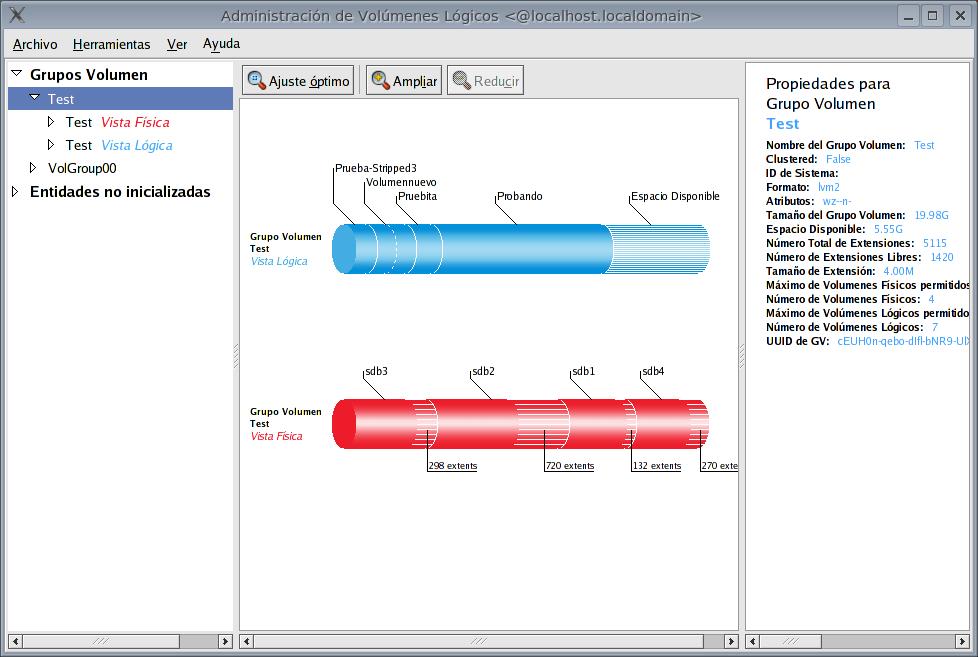Firsts steps with Fedora 15 pre-alpha
Today I’ve decided to give it a try to F15-prealpha (expected to release tomorrow). The upgrade performed in the unsupported way (getting and forcing install for newer fedora-release from a mirror then start issuing several yum upgrades) when reasonably good. Only some minor dependency problems et voilà, system started fine. Problems so far: Firefox 4 has a few approved extensions, I used the “nightly tester tools” to disable version check and enable most of the ones I had with 3....
